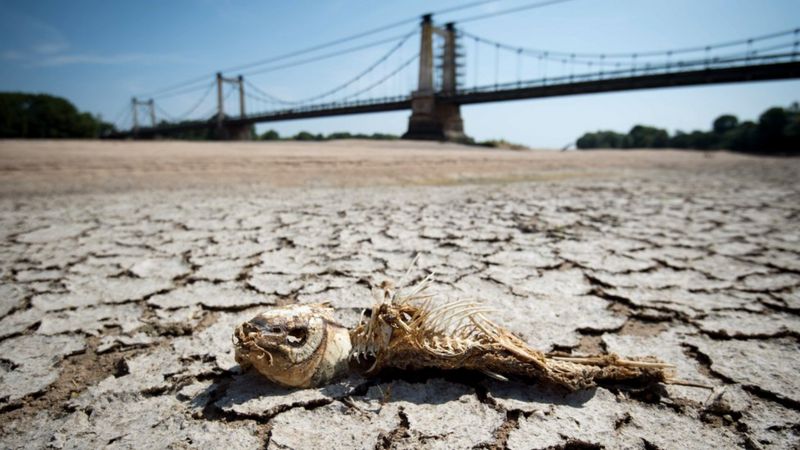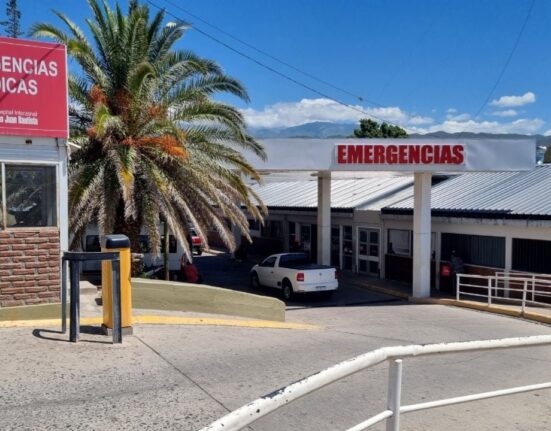A scorching heatwave swept through Europe in June and July, leaving a trail of destruction and claiming the lives of over 2300 individuals across London and 11 other major cities. The soaring death toll was exacerbated by the looming shadow of climate change, nearly tripling the catastrophic consequences. As temperatures soared to unprecedented levels – hitting close to 35˚C in London, 40˚C in Paris, and a staggering 46˚C in parts of Spain and Portugal – it became evident that extreme heat had turned these bustling urban centers into virtual furnaces.
Amidst this climatic chaos, wildfires ravaged the Mediterranean region, nuclear reactors were forced to shut down in Switzerland and France for safety reasons, while certain Italian areas went as far as banning outdoor labor during peak daytime hours following a tragic construction worker fatality. The European populace found themselves grappling with an existential question: How can we survive such unrelenting heatwaves that render our cities uninhabitable?
In response to this pressing dilemma, scientists at the World Weather Attribution network embarked on a groundbreaking mission to swiftly determine the role of climate change in exacerbating heat-related fatalities. By analyzing weather data, they devised a method to assess how severe the heatwave would have been sans climate change. Their findings laid bare the grim reality that an additional 1500 lives were lost due to the amplified impact of global warming.
Friederike Otto from Imperial College London highlighted the alarming proximity of perilous heat conditions for a larger segment of the population:
“Now, it’s closer to dangerous heat for more people.”
This sentiment was echoed by Ben Clarke, another team member at Imperial College London who emphasized how crucial it is for policymakers to enact proactive measures in light of these escalating climate challenges.
The study not only quantified immediate climate-related deaths following the blistering heatwave but also underscored how vulnerable demographics bore the brunt of this environmental crisis. Alarmingly, 88% of those who perished were aged 65 or older – shedding light on the stark reality that age plays a pivotal role in determining susceptibility to extreme weather events.
Kristie Ebi from University of Washington flagged a potential underestimation in mortality figures due to utilizing historical data from cooler periods. She pointed out uncertainties surrounding human responses when faced with exceedingly high temperatures – uncharted territory where conventional models may fall short.
As governments ramp up efforts towards enhancing early warning systems and bolstering infrastructure resilience against future heatwaves, key urban hubs like Milan grapple with air pollution exacerbation during sweltering conditions. Madrid’s lack of green spaces intensifies its urban heat island effect while ventilation challenges plague buildings across London.
In addressing these vulnerabilities head-on, imperative steps such as offering water stations within London Underground networks during heatwaves and curbing non-essential vehicular movement have been proposed by experts like Friederike Otto. Educating communities about mitigating risks posed by extreme temperatures becomes paramount as we navigate through an era where no one is impervious to nature’s wrath.
The aftermath of this calamitous European ordeal serves as a poignant reminder that urgent action is needed on both individual and collective fronts if we are to fortify ourselves against climate-induced catastrophes lurking on our horizon.









Leave feedback about this